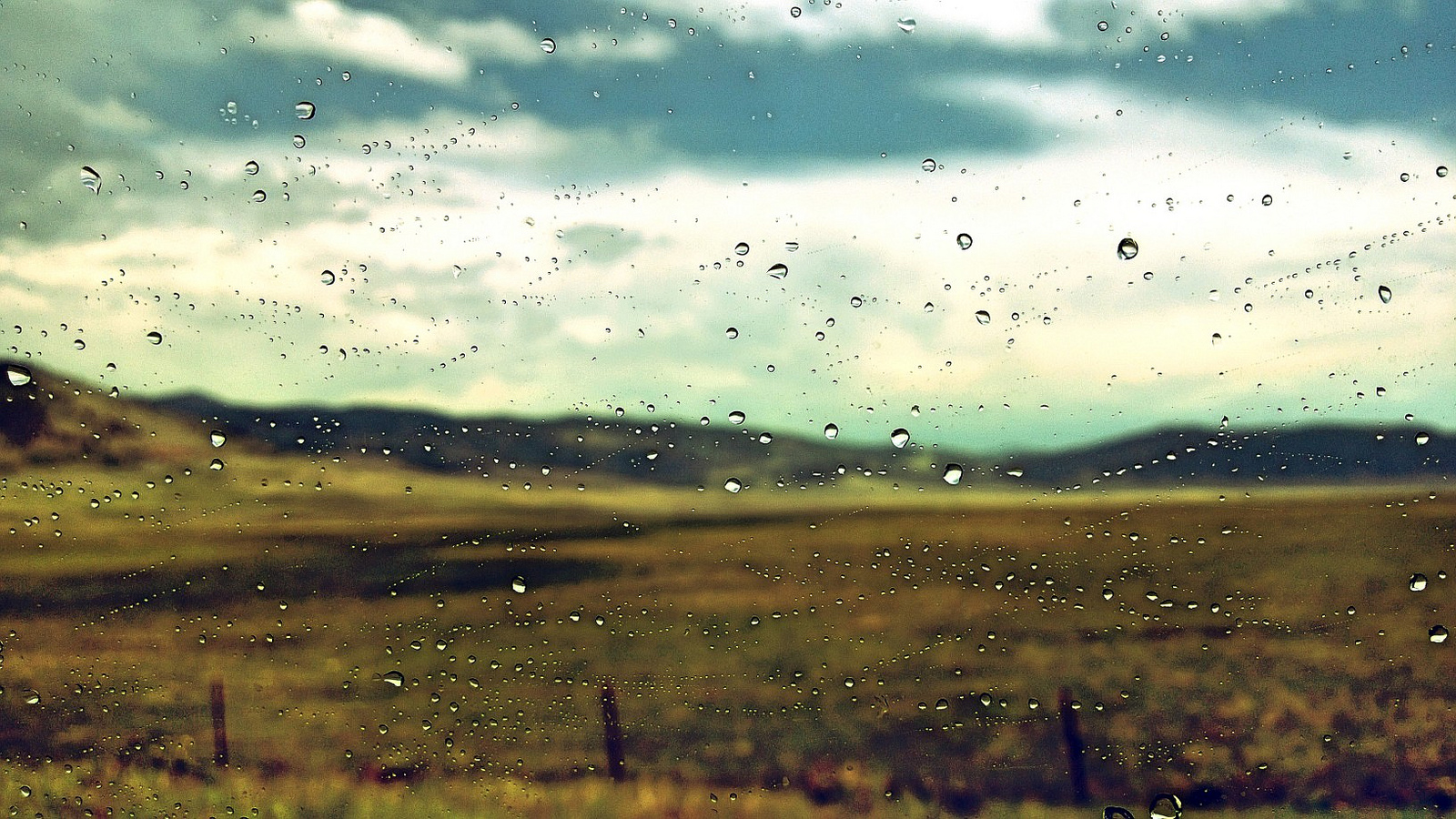

Doesken talked about the soggy spring this morning. Here are some edited highlights from the conversation:
Why all of this rain for Denver and the Front Range?
It’s been an interesting weather pattern, with one low pressure trough after another dropping into the Great Basin and Gulf moisture coming up from the east side. Day by day, we’ve had storms, mostly gentle precipitation, but widespread, and it’s been an amazingly wet spell.
Is this unusual for May?
For northeast Colorado, May is the wettest month of the year historically, so it’s not that big of a deal. But many places are already 2-4 times their average for this period of time. Looking out in Morgan County -- which is not normally a wet part of Colorado -- since the middle of April, they are running 12 to as much as 14 inches of rain in a five-week time period. That’s a year’s worth of precipitation for that area.
And as a result, things are lush, things are green. Rivers are high. And it is really, really wet: 12-14 inches rainfall for Morgan County and parts of Weld County is probably pushing the unprecedented category. Likewise, looking at stats down in Colorado Springs and Manitou Springs, we’re looking at 12-15 inches of rain that’s fallen in that area. These are incredible totals but they’ve been spread out over a series of different storms with short interruptions between them.
What about the drought conditions we’ve heard so much about, especially on the plains and southeast Colorado?
Easing. For western Colorado the deficits in snowpack and predicted runoff were very large so this wet weather has been very helpful. It has slowed the snowmelt and added runoff so it has improved the situation but not alleviated the shortages.
Whereas you move to southeast Colorado, that had, in some cases, an unprecedented 3-4 consecutive year period drier even than some of the driest years of the 1930s. Now after several consecutive weeks of coolish and wet weather, we’re happy to say most but not all of the drought situation has been alleviated.
That has to be a huge relief for people in that part of Colorado?
Huge relief indeed. To a rancher one wet year helps. It doesn’t totally solve the problem because they have to restore the grasslands that have deteriorated greatly since 2000, but this is as good start as you could have hoped for for a full recovery.
And along the Front Range and for the Denver area and the larger cities, what's the forecast?
It’s still looking like we will be on the coolish and wettish side of the climate picture. And then by mid-June -- and this is normally the case -- the spigot will shut off and hot and dry weather will set in. But with so much vegetation and so much surface water there’s a pretty good chance we’ll see plenty of afternoon thunderstorms as we get later into the summer.
We will be able to expect to see the sun again?
The sun will return, and it will be glorious as always.









